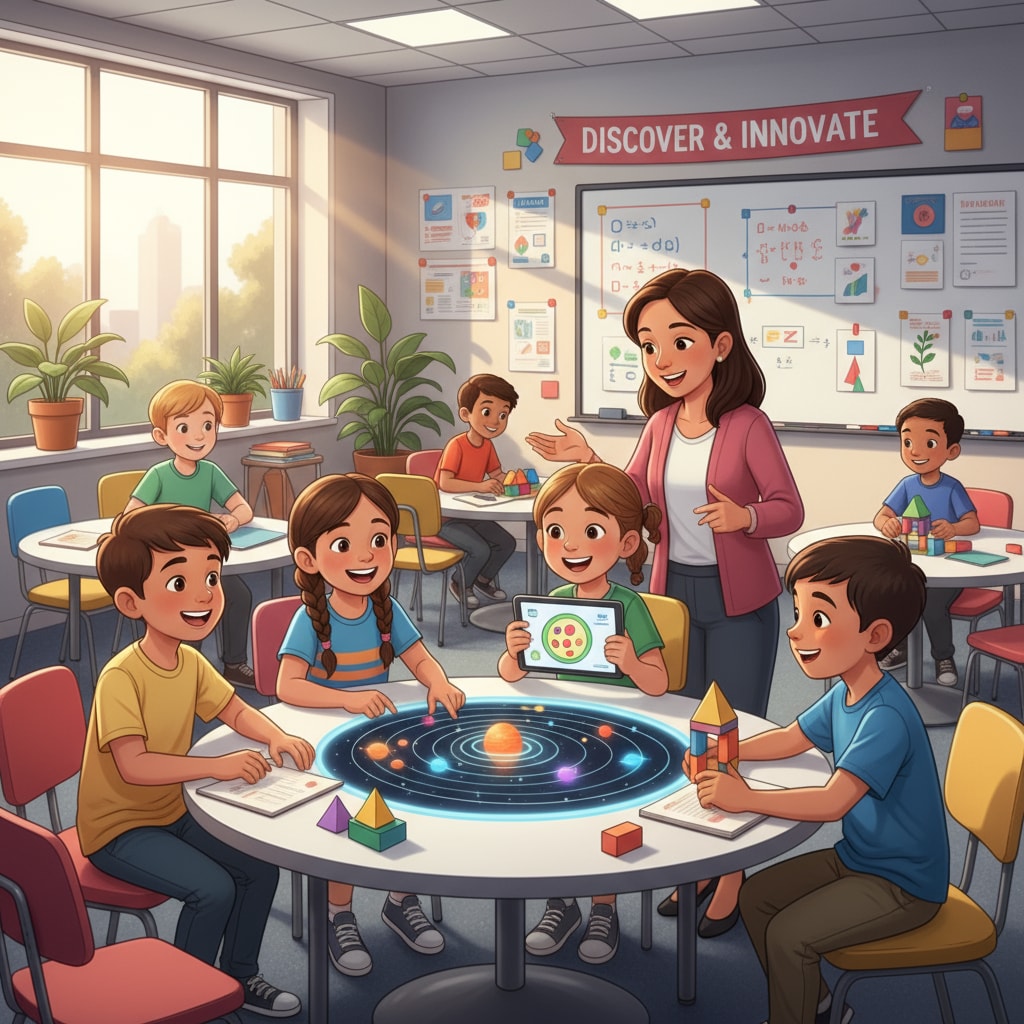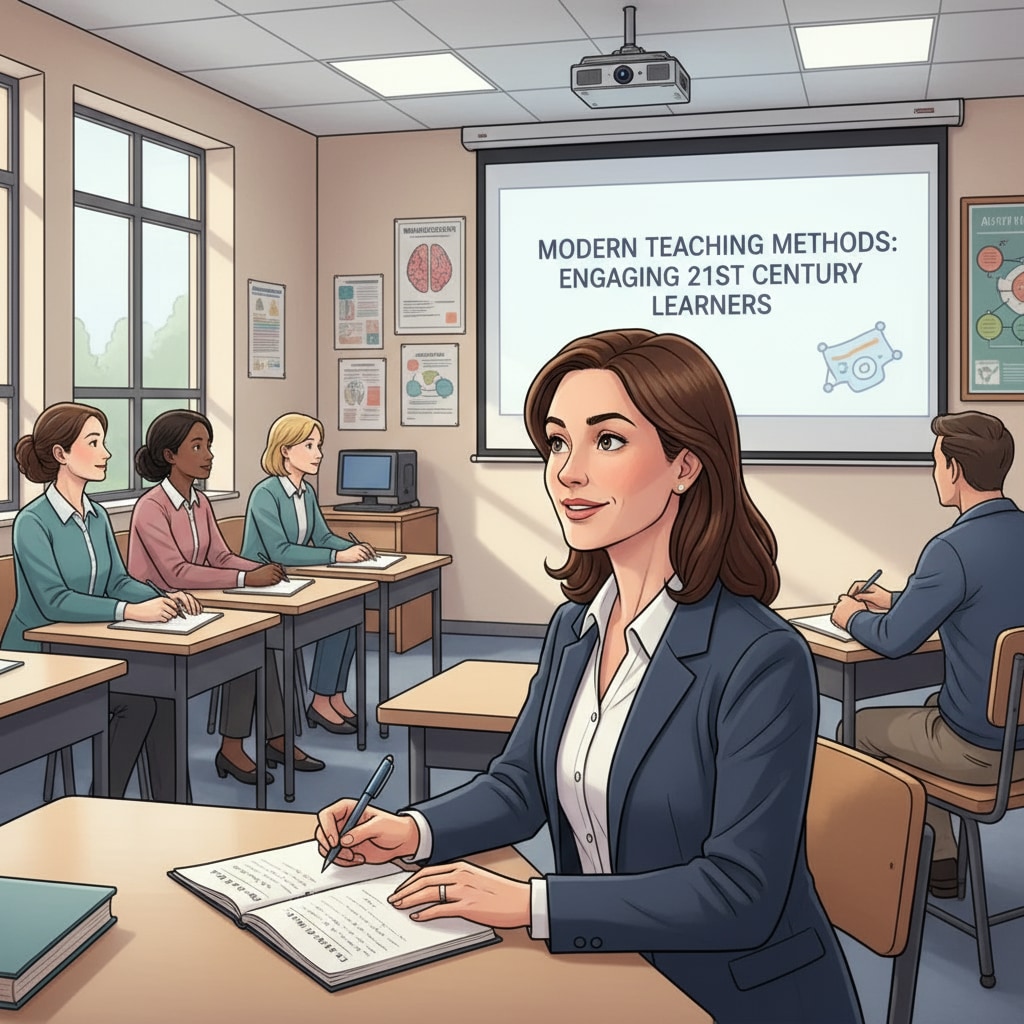In the dynamic landscape of education, the concepts of teaching effectiveness, graduate programs, and curriculum design are of utmost importance, especially when it comes to meeting the needs of contemporary K12 students. Today’s educators are facing challenges such as students’ shortened attention spans and a decline in critical thinking abilities. Therefore, it is essential to explore new ways to enhance teaching and learning experiences.

The Changing Landscape of K12 Education
The education system has undergone significant transformations over the years. Traditional teaching methods that once sufficed are no longer as effective in engaging today’s K12 students. For example, students now grow up in a digital age filled with various distractions. As a result, teachers need to adapt their approaches to capture and maintain students’ attention. According to Education Week, the changing learning needs of students require innovative teaching strategies.
The Role of Graduate Programs in Teacher Development
Graduate programs play a vital role in equipping teachers with the skills and knowledge needed to address these challenges. These programs offer in-depth courses on educational theories and modern teaching techniques. By enrolling in graduate programs, teachers can gain a better understanding of how to design engaging curriculum. For instance, they learn about student-centered approaches that put the needs and interests of students at the forefront. As stated by the National Education Association, continuous professional development through graduate programs can enhance teaching effectiveness.

Revamping Curriculum Design for Contemporary Students
Curriculum design is a cornerstone of effective teaching. It needs to be reimagined to suit the learning styles of today’s K12 students. This involves creating lessons that are not only informative but also interactive and relevant. Teachers can incorporate real-world examples and project-based learning to make the curriculum more engaging. For example, in a science class, students could conduct hands-on experiments related to current environmental issues. This way, they not only learn the theoretical concepts but also develop critical thinking and problem-solving skills.
In conclusion, to improve teaching effectiveness in K12 education, a combination of graduate programs and innovative curriculum design is essential. By investing in teacher development and adapting the curriculum to contemporary students’ needs, educators can create a more engaging and productive learning environment. This will ultimately benefit the students and prepare them for future success.
Readability guidance: Short paragraphs and lists are used to summarize key points. Each H2 section has a list-like structure. The proportion of passive voice and long sentences is controlled. Transition words are evenly distributed throughout the article.


